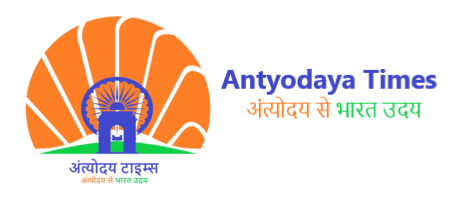Art or Disrespect? The Controversy Surrounding TMC MP Kalyan Banerjee’s Mimicry of Vice President Jagdeep Dhankhar


Trinamool Congress (TMC) MP Kalyan Banerjee recently stirred controversy with his mimicry of Vice President Jagdeep Dhankhar. Banerjee defended his actions, stating that mimicry is an “art form” and asserting his fundamental right to express his views. He mentioned that he would continue to mimic Dhankhar and could do so a thousand times if needed. This statement came after a previous incident where his mimicry led to a significant row, particularly within the political sphere.
The mimicry act was not only about the imitation of the Vice President but also brought into question the respect and dignity associated with the constitutional post. Vice President Dhankhar expressed deep anguish over the incident, emphasizing the importance of maintaining the honor of the Vice Presidency and Parliament. He stated that while personal insults towards him were tolerable, any act that diminishes the respect of his constitutional position was unacceptable.
In defense of his actions, Banerjee drew parallels with past instances where Prime Minister Narendra Modi engaged in mimicry in the Lok Sabha, suggesting a precedent for such behavior in the political arena. He clarified that his intention was not to disrespect or hurt anyone but to engage in what he considered an art form.
This incident has sparked a broader debate on the boundaries of political expression and the respect due to constitutional posts. The BJP criticized Banerjee’s actions, with Union Minister Dharmendra Pradhan commenting on the cultural aspects and the perceived arrogance within the TMC, backed by Mamata Banerjee. The BJP’s stance was that while such acts might not lead to legal action, they could invite judgment in the “court of the people.”
The issue has led to wider conversations about the nature of political discourse, the limits of artistic expression in politics, and the balance between freedom of speech and respect for constitutional roles and institutions in India.


